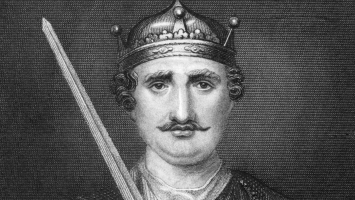Top 7 Interesting Facts about Hebe
One of the Greek Deities that lived on Mount Olympus was Hebe. She was viewed as being in her youth and peak. Hebe, like many other ancient deities, was the ... read more...subject of many stories, legends, and fascinating facts. She was notorious at the time, but in the latter stages of Greek civilization, she rose to fame. Here are some interesting facts about Hebe that you can haven't heard before.
-
One of Zeus' Twelve Olympians was Hebe. Like every other Olympian, she was given a specific goal to do. She was meant to present a nectar that might bestow eternal youth and beauty. Many other Olympian gods and those in need received this gift, as well. One of the interesting facts about Hebe is she became the Goddess of youth or the prime of life when she was given this responsibility.
She was approached by several deities who asked her for assistance with their issues with feeling old. They had to persuade her before she could respond to them. When she believed something should be done to a certain person, she provided her approval.
Iolaus once asked Hebe to make him young again so he might battle Eurystheus, and she once did. Iolaus was of an age where the enemy could beat him. This tale is taken from the play Heracleidae by Euripides. Hebe was initially hesitant to endow the elderly man with the vigor and vigor of a young warrior. But Themis, a seer, persuaded her that her talent could put a stop to the conflict. She then transformed Iolaus into a youthful, formidable warrior.
She was the Fountain of Youth's caretaker as well. The fountain was portrayed as a spring that would naturally rejuvenate a person. The goddess represented this energy of youth and immortality in many ways.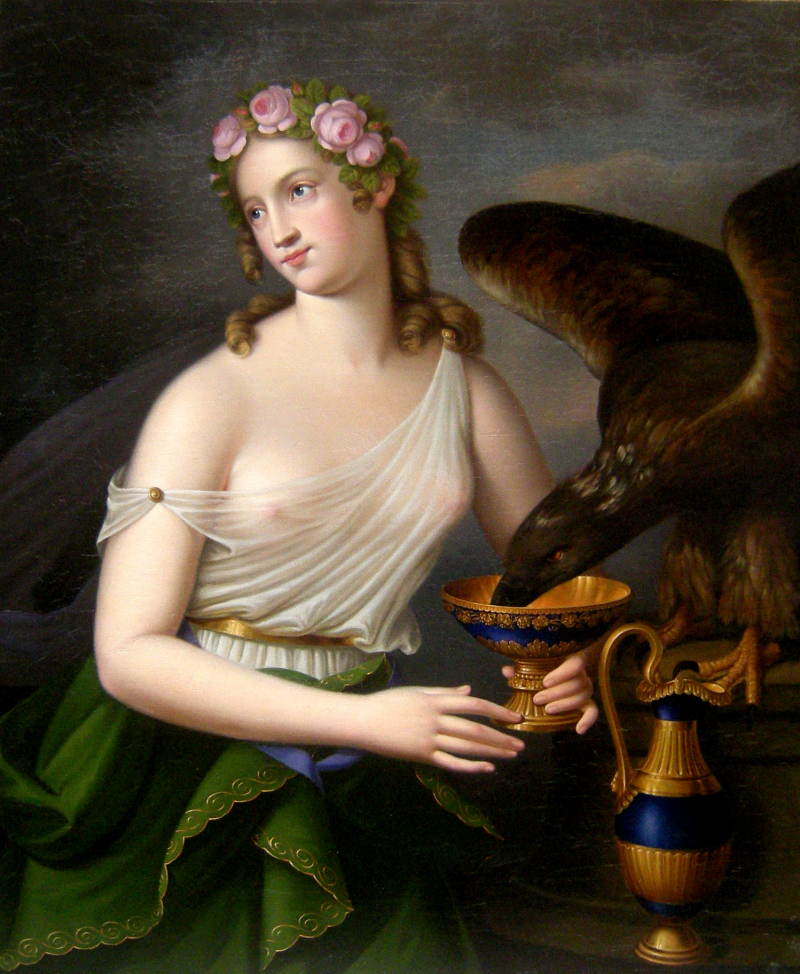
Photo: wikipedia 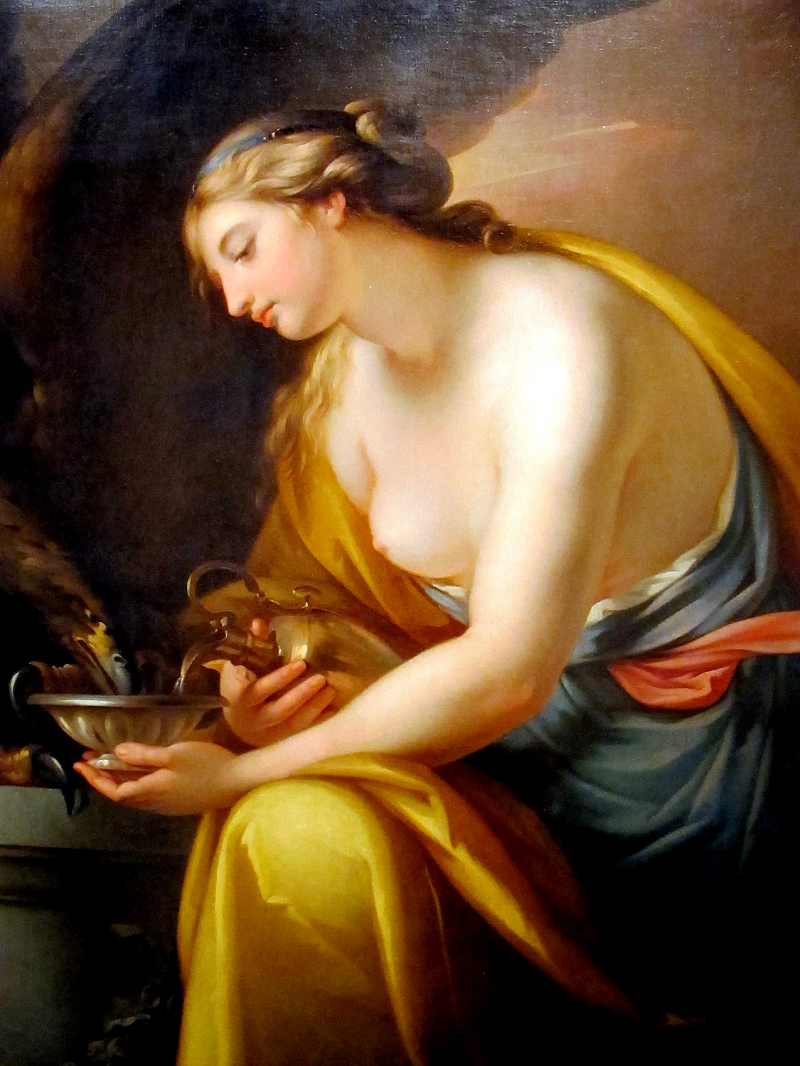
Photo: wikipedia -
Hebe, a symbol of marriage, served as Aphrodite's bridesmaid. Aphrodite is the goddess of love, beauty, and sexuality. She was said to be Aphrodite's herald, dancing with her.
Hebe's marriage also vindicates her reputation as a bride patron. Heracles, who was renowned for his prowess and his Twelve Labors, was her husband. Heracles was originally a demigod because he was born of a mortal mother, but he eventually attained immortality. When Heracles was made god on his cremation pyre at Mount Olympus, the couple got married. Hebe served as a cup bearer at Olympus, but after getting married, she stopped doing so.
Hera, her mother, had been Heracles' adversary all his life. Her daughter's wedding left her feeling unsatisfied. Heracles and his stepmother Hera were reunited during a wedding. Hebe's gift of immortal youth only made things worse and fanned Hera's rage. Since then, Hebe has been honored alongside Aphrodite and Hera whenever there is a wedding in Ancient Greece. Girls who were single idolized her to attract boyfriends.
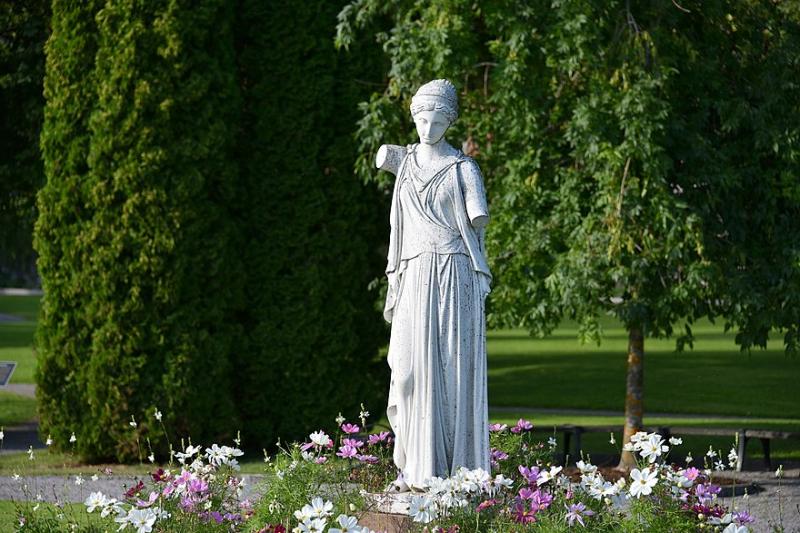
Photo: thereaderwiki 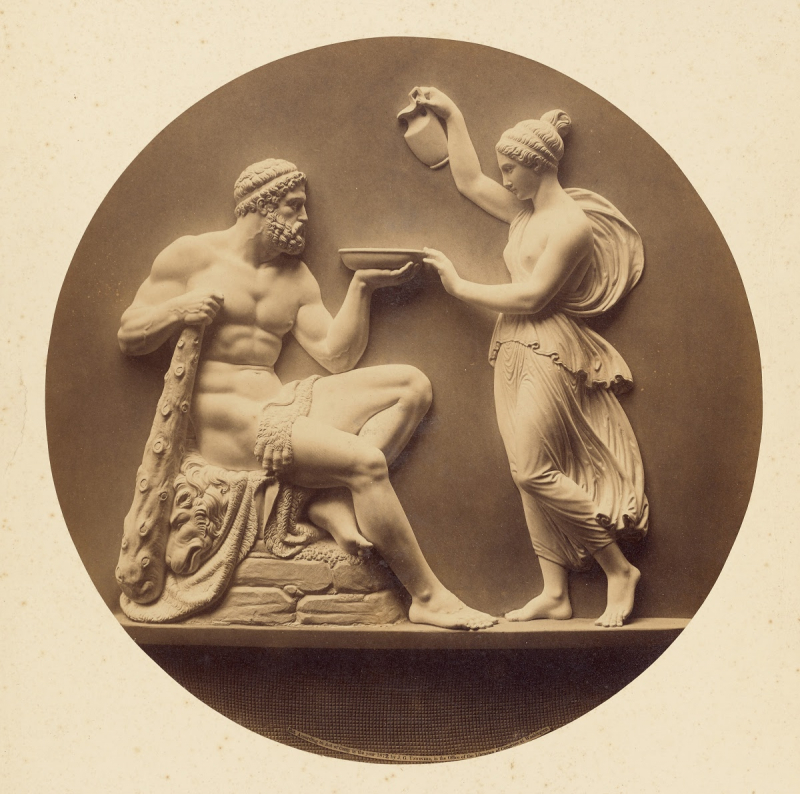
Photo: Hebe and Hercules - artsandculture -
Alexiares and Anicetus were two of Hebe and Heracles' sons. In Greek religion, the kids evolved into minor deities. In Greek mythology, "he who wards off the conflict" and "the unconquerable" are terms used by Alexiares and Anicetus. They were the lords of athleticism, sports, and defense planning.
Heracles, their father, served as Mount Olympus' keeper. They may have served as Mount Olympus' protectors alongside their father Heracles, and the two may have served as the mountain's gatekeepers, a duty frequently given to their immortal father. They were probably in charge of guarding and fortifying towns and citadels as well. After the hero's earthly demise and climb to Olympus, where he attained immortality and wed the goddess Hebe, Alexiares and Anicetus were created. Callimachus claims that Hebe's sister Eiliethyia, the goddess of midwifery, helped her out while she was giving birth. The twins were venerated by Greeks at Thebes and Rhodes.
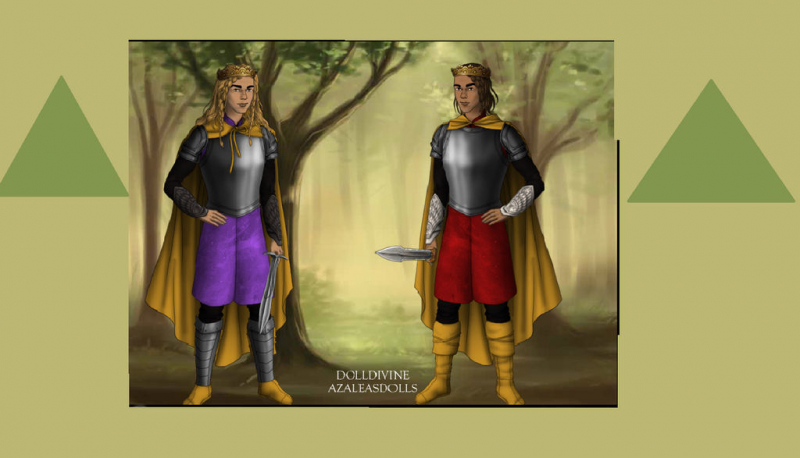
Photo: deviantart 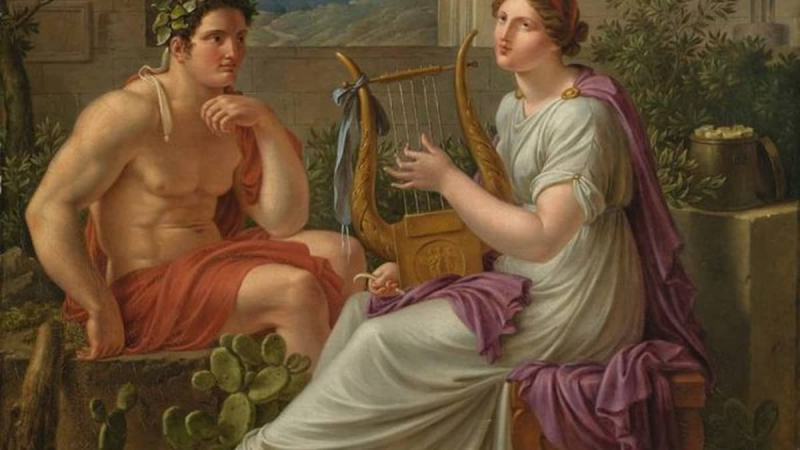
Photo: discover.hubpages -
One of Hebe's religious emblems was the wine cup. It became connected with her when her father, Zeus, assigned her the duty of carrying a cup. She would pour wine into the cup and present it to her father.
Zeus' sacred symbol was the eagle, which he usually hid. The relationship with Hebe was reasonable since the eagle was associated with immortality and there was a folklore notion that the eagle, like the phoenix, had the capacity to regenerate into a youthful state. She is frequently depicted in art holding her father's cup while taking the form of an eagle. Both earlier and classically etched diamonds use this representation.
Ivy, a perennial plant, served as Hebe's sacred emblem. It survives the winter and continues to bloom throughout the year, becoming a representation of eternal youth. The plant was also said to shoo away bad spirits from houses.
The most significant icon that Hebe had preserved is the Fountain of Youth. She made an offering to the gods at Mount Olympus by withdrawing some money. It gave the user eternal youth and immortality.
The symbol of Hebe also came to be wings. She was given two doves with human voices by her father Zeus. One took to the air and went to the location of the Dodona Oracle. People revered wings because of this.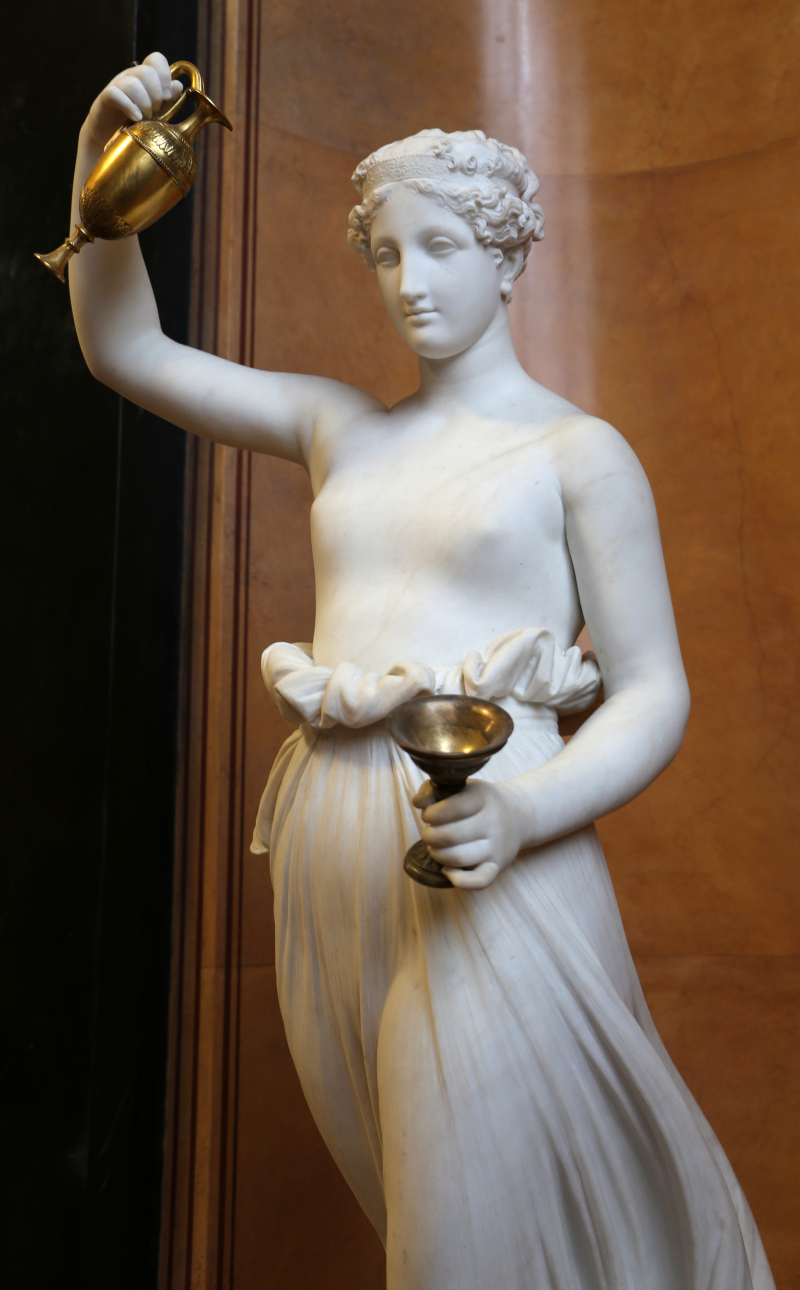
Photo: commons.wikimedia 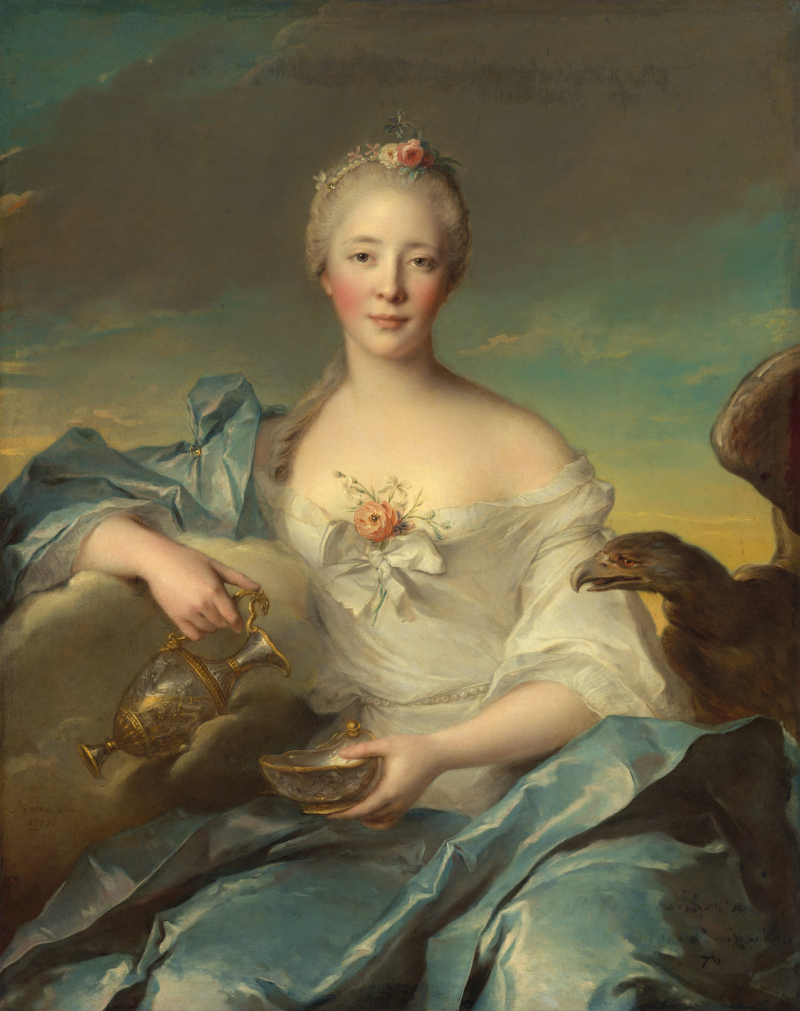
Photo: nga -
The female offspring in Ancient Greece provided domestic service for guests. Nobody could argue against it at the time because that was the custom. Even the daughters of Olympian deities performed that domestic function.
One of the interesting facts about Hebe is she served as the household cup-bearer as the daughter of Zeus and Hera. She served guests in Mount Olympus nectar and ambrosia in her golden chalice. She made it possible for visitors to acquire immortal sustenance in this way. She also served food and beverages to the visitors. She also readied her mother's chariot and gave her brother Ares a bath.
Even though it seemed like Hebe's job was dull, there were some benefits. She had the ability to stay youthful and attractive forever, making her and others do the same. And it showed in her youthful shape and radiant complexion.
Hebe once undressed while bringing the drink to the gods. After this incident, Gods grew enraged and prevented her from carrying out her task. She was accused of decency by them. Ganymede later took her position, and he resumed her job of carrying the cups.
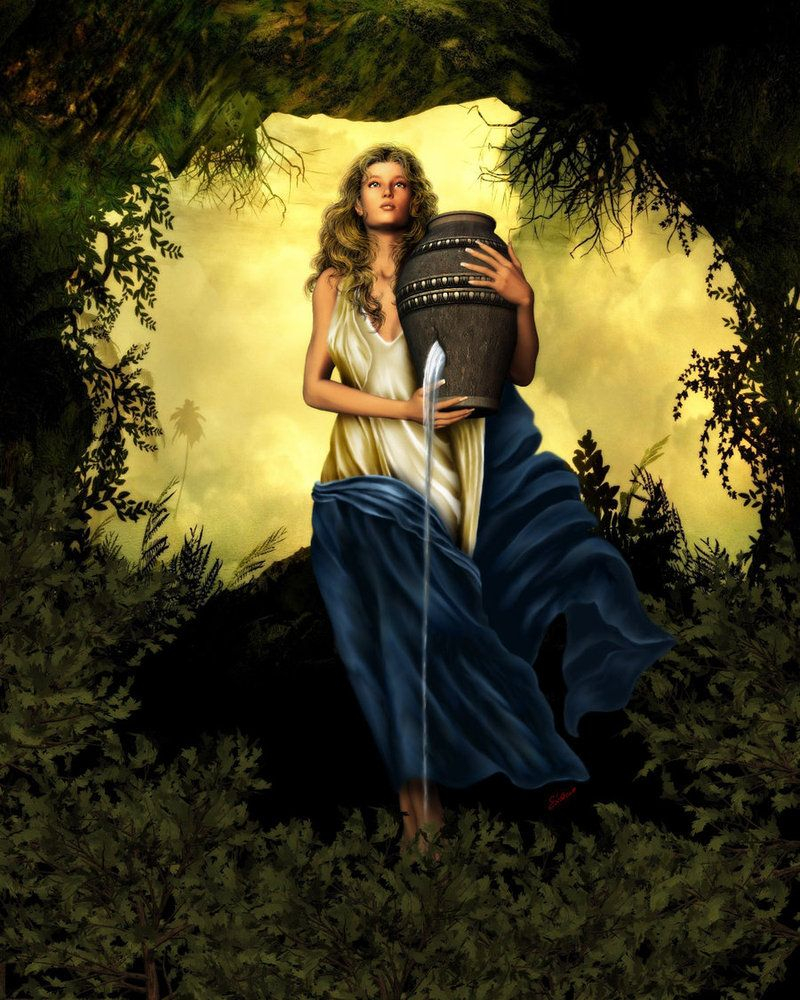
Photo: pinterest 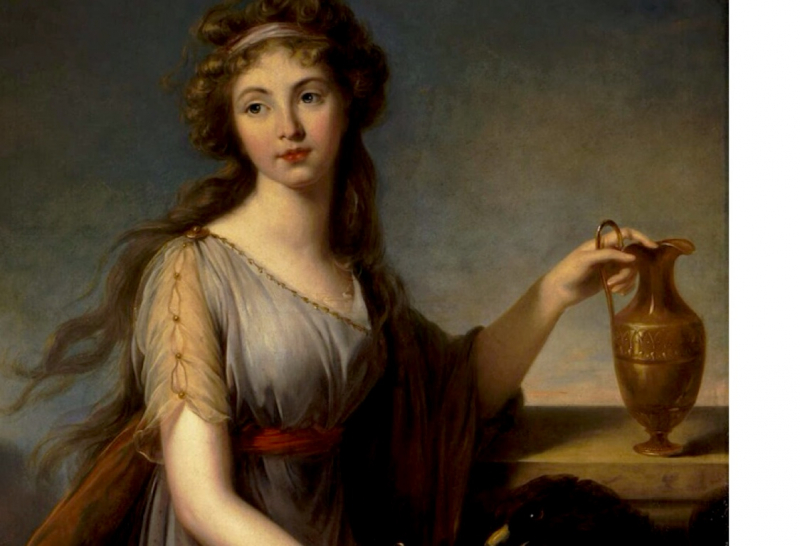
Photo: talesmythology -
Zeus and Hera had one daughter, Hebe, who was the youngest. Hera had her after consuming a lettuce plant. Zeus visited the earth, outer space, and many other regions when he assumed the throne of Mount Olympus. Everywhere he went, from mortals to gods, he had lovers. From each of his lovers, he had multiple children who were not his. Hera was enraged by it, and she tormented his affair-born children. Hercules was one of the casualties.
She gave birth on her own after growing tired of Zeus' business. She went to the realm of Oceanus and Tethys at the edge of the world in search of a way. She walked to Flora's garden and stroked a sole there. It was an unnamed plant from the Olene region. Hera became pregnant with Ares by her touch. She was with her son Apollo when she later made her way back to the garden. They shared a meal there. She discovered lettuce while eating and consumed it. She became pregnant with Hebe after eating the lettuce.
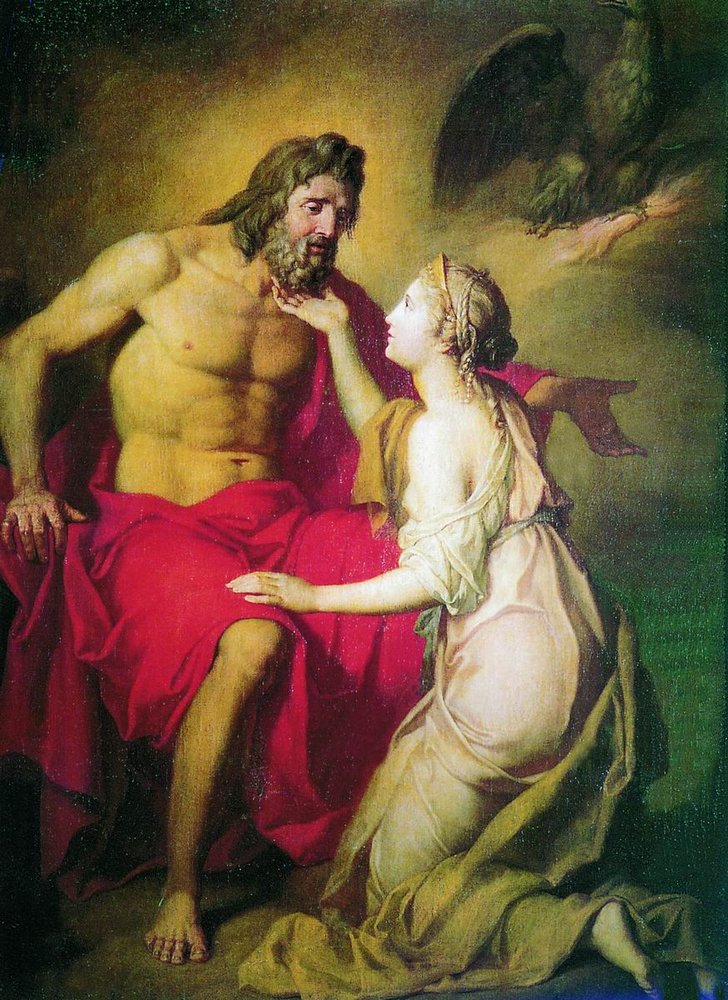
Photo: Zeus and Hera-talesmythology 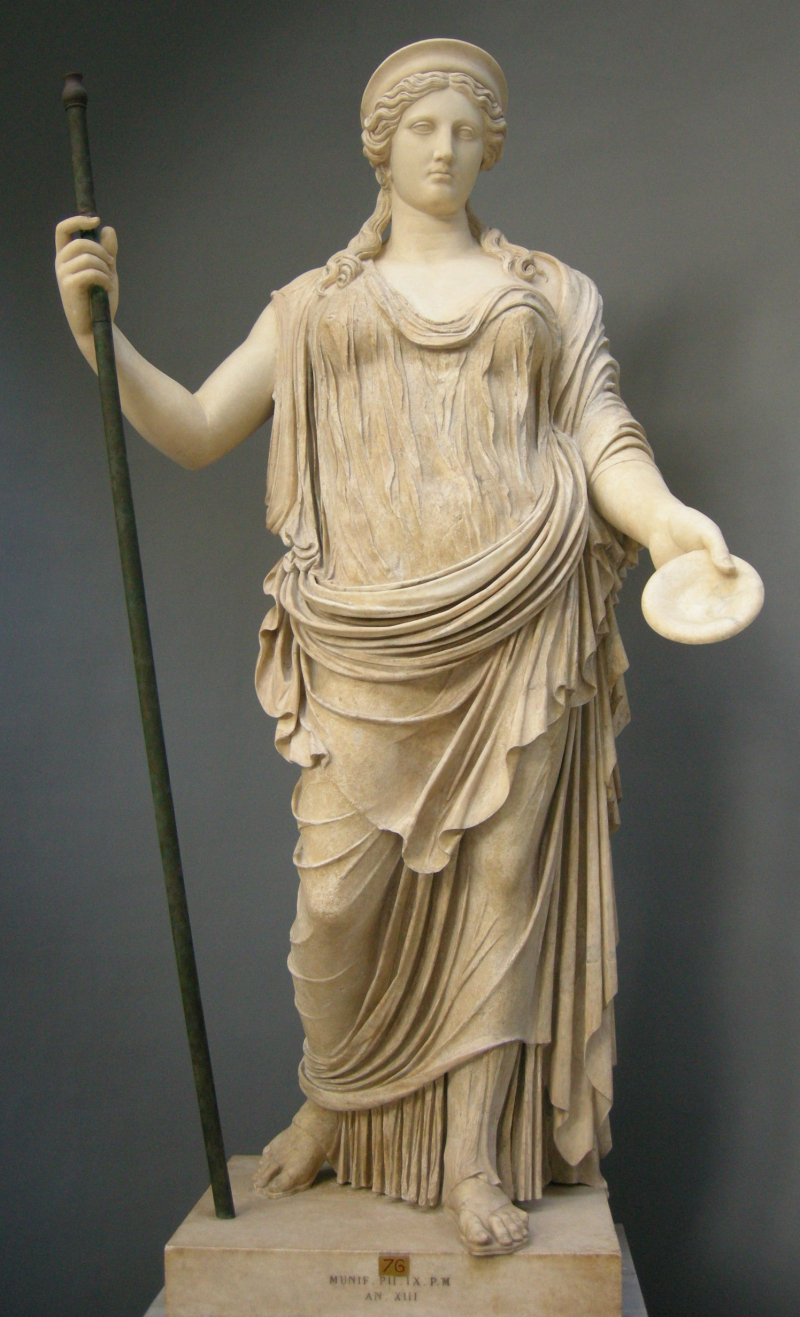
Photo: Hera - greekgodsandgoddesses -
Hebe was closely linked to spring. It symbolizes the transition from spring to autumn. Hebe, the goddess of youth, is also mentioned in this narrative. She has a cult and one temple because she is the goddess of youth and the prime of life. In Athens, Cynosarges was a temple that had an altar dedicated to Hebe. Heracles' and Alcmene and Iolaus' joint altars, as well as gymnasiums, were also present in the sanctuary.
Aelian claimed that Hebe and Heracles shared an altar at the temples. There was a waterway separating the temples. Hebe's sanctuary held hens, while Heracles' temple was home to roosters.
One of Hebe's favorite spots was Sicyon. There, she had a temple built in her honor that served as the hub of her cult. The Phliasians lived close to Sicyon and revered her.
Hebe was also known as the goddess of forgiveness or pardons. The Phliasians paid homage to the goddess by forgiving petitioners. Freed prisoners would then hang their shackles in the holy grove of her temple at Phlius.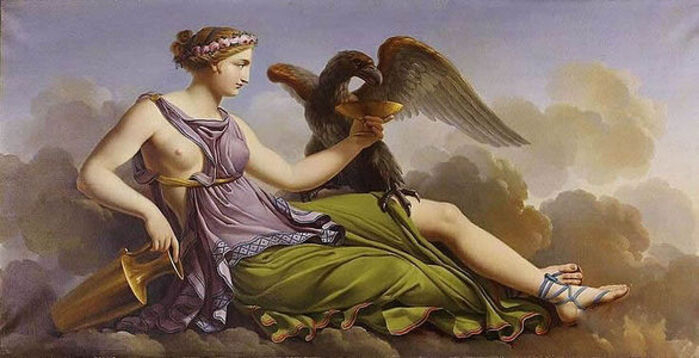
Photo: wikipedia 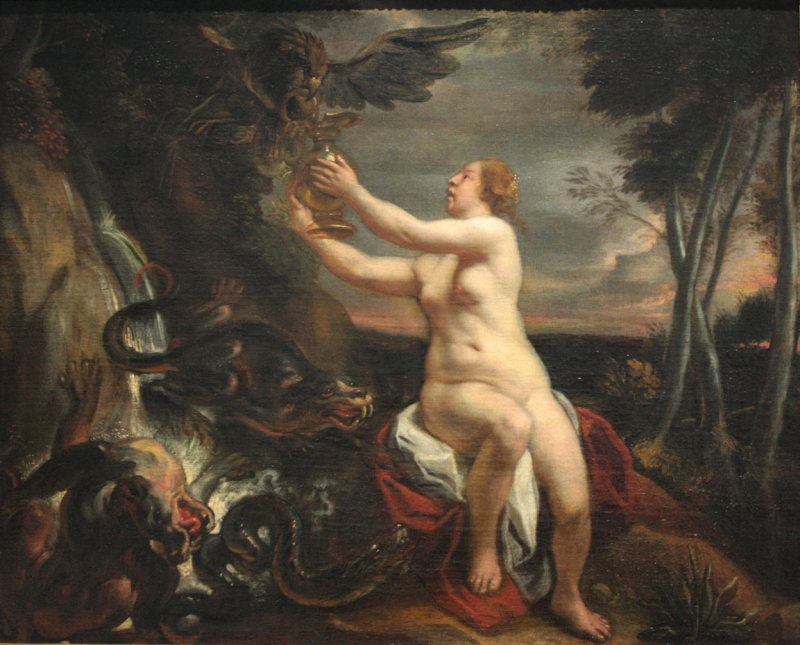
Photo: eclecticlight













